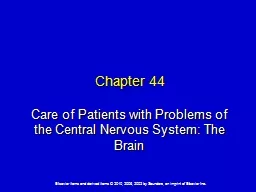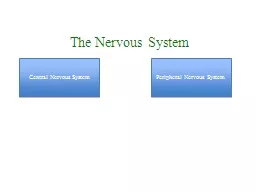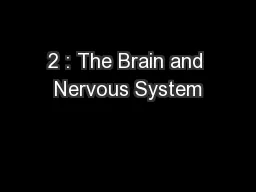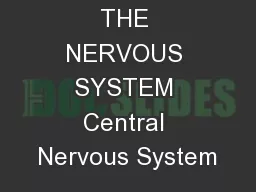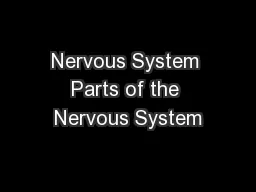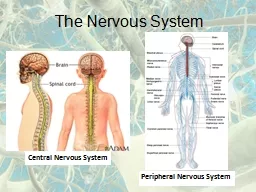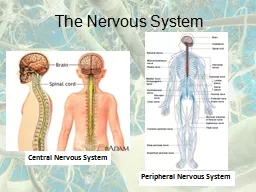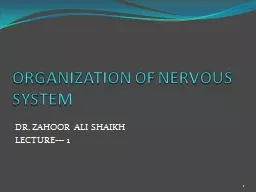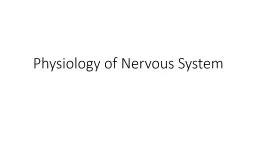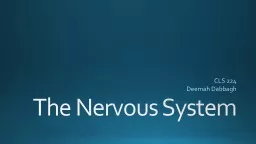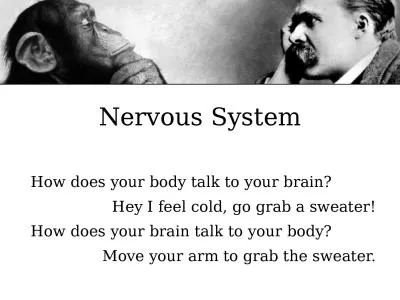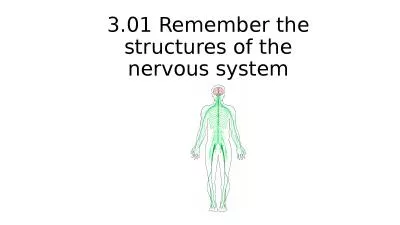PPT-Chapter 44 Care of Patients with Problems of the Central Nervous System: The Brain
Author : celsa-spraggs | Published Date : 2018-11-21
Headaches Migraine headache chronic episodic disorder with multiple subtypes Stages Prodrome Aura phase Headache phase Interventions Recognize migraine symptoms
Presentation Embed Code
Download Presentation
Download Presentation The PPT/PDF document "Chapter 44 Care of Patients with Problem..." is the property of its rightful owner. Permission is granted to download and print the materials on this website for personal, non-commercial use only, and to display it on your personal computer provided you do not modify the materials and that you retain all copyright notices contained in the materials. By downloading content from our website, you accept the terms of this agreement.
Chapter 44 Care of Patients with Problems of the Central Nervous System: The Brain: Transcript
Download Rules Of Document
"Chapter 44 Care of Patients with Problems of the Central Nervous System: The Brain"The content belongs to its owner. You may download and print it for personal use, without modification, and keep all copyright notices. By downloading, you agree to these terms.
Related Documents

